Manchester United’s ambitious plan for a new £2 billion stadium has hit major hurdles related to its financial health and potential impacts on player investments. The proposed 100,000-seat stadium, designed by Norman Foster to replace the historic Old Trafford, aims to be “the world’s greatest football stadium.” However, the club’s recent financial performance has raised serious concerns about the feasibility of such a project. For the fiscal year ending June 30, 2025, Manchester United reported a £33 million net loss, marking the sixth consecutive year of losses, although this was an improvement over the previous year’s £113.2 million loss.
The financial outlay necessary for the stadium has sparked worries about its effect on player investments. CEO Omar Berrada has acknowledged that this sacrifice could hinder squad spending and competitiveness for up to five years, underlining the difficult balance between infrastructure development and maintaining a competitive team.
In light of these financial struggles, the club has implemented cost-cutting measures, such as staff reductions and rising ticket prices, which have led to fan discontent and concerns about the club’s direction. The stadium plan is part of a broader regeneration initiative for the Old Trafford area, aiming to develop 17,000 new homes and create 92,000 jobs. While these investments could provide economic uplift, they raise questions about the prioritization of infrastructure over sporting performance.
As Manchester United navigates these complexities, the future of the proposed stadium remains uncertain. The club must address its immediate need to strengthen its squad while pursuing ambitious infrastructure projects.

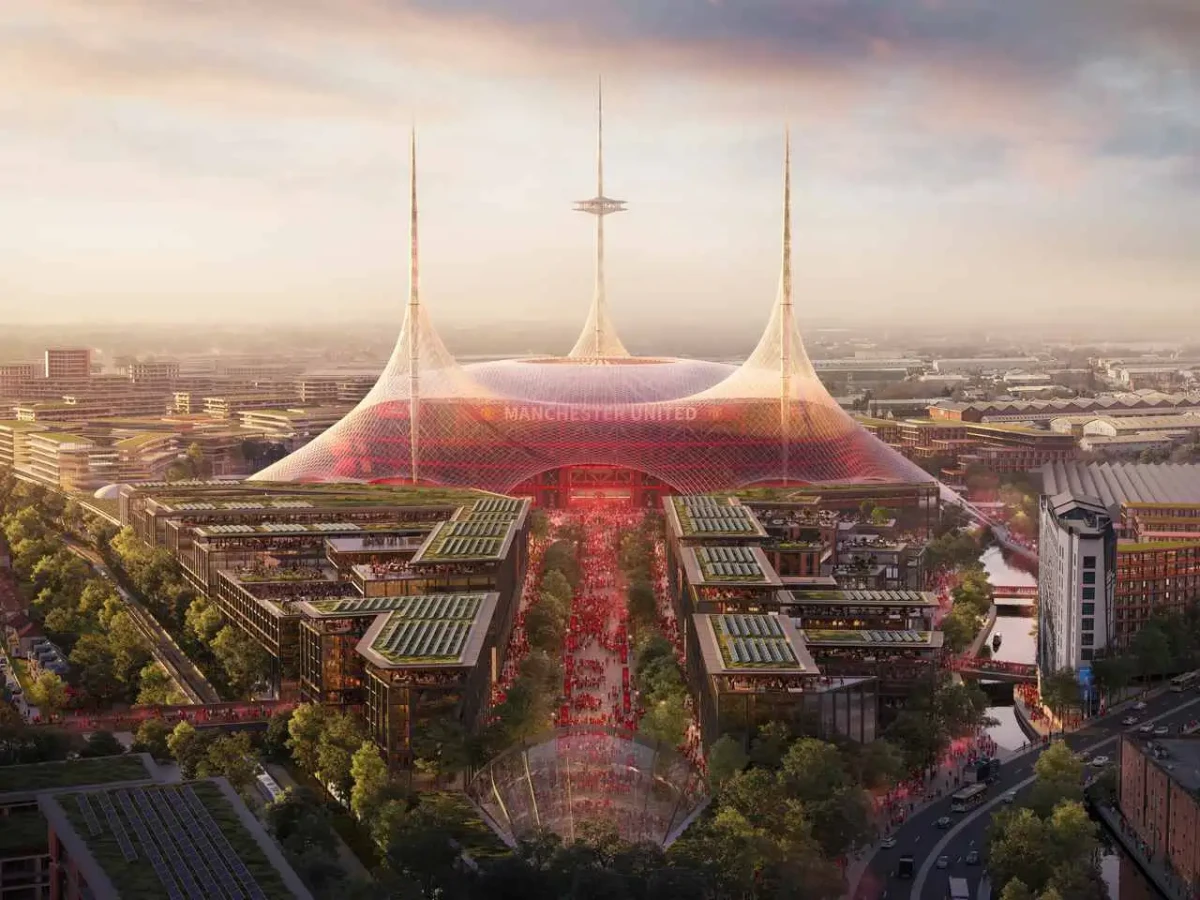
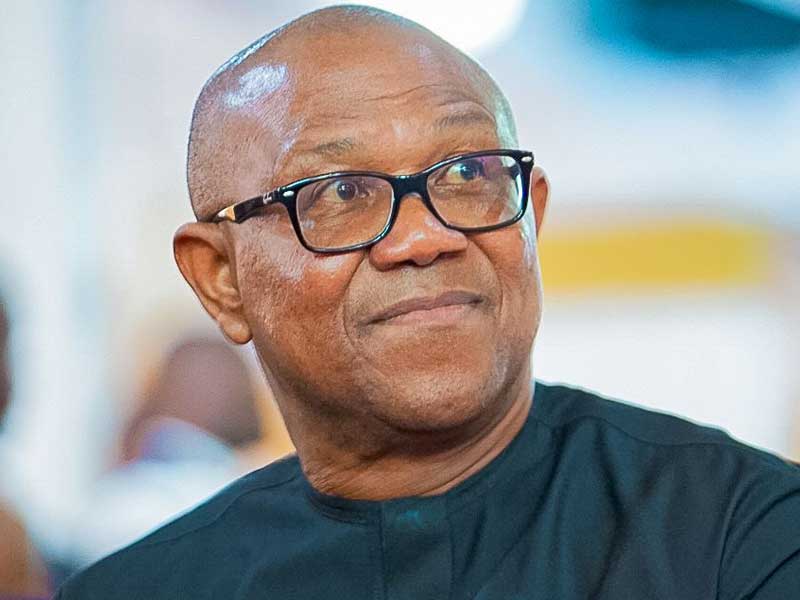


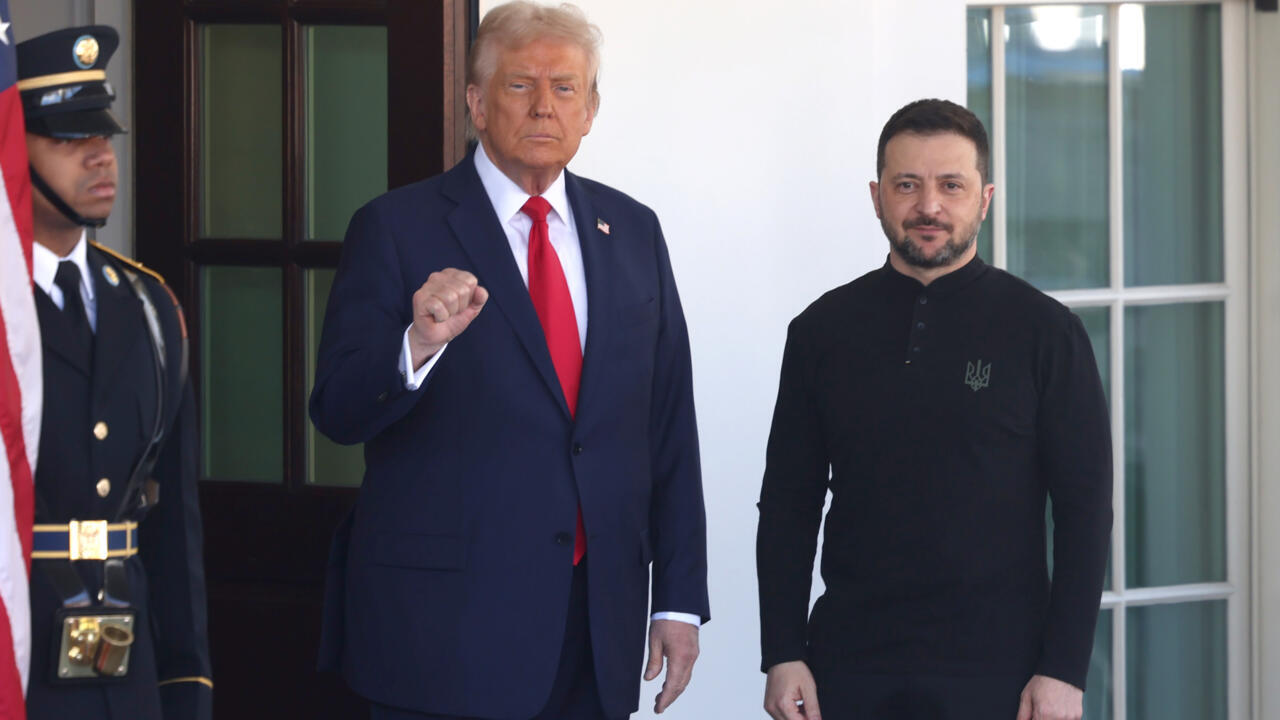




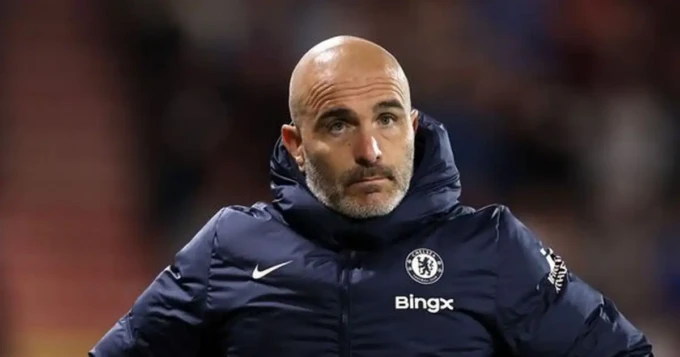
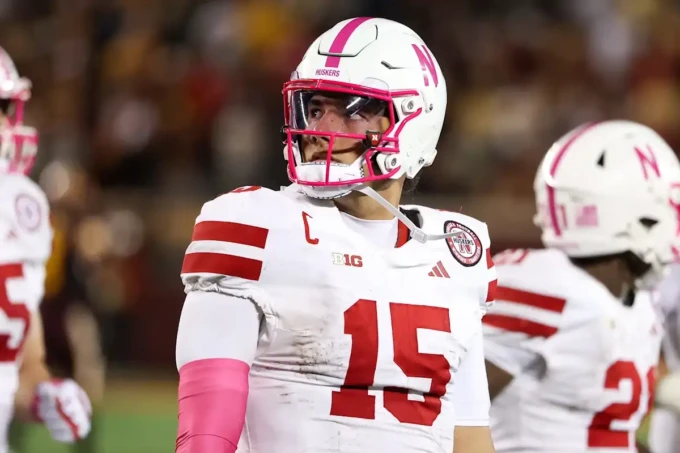
Leave a comment